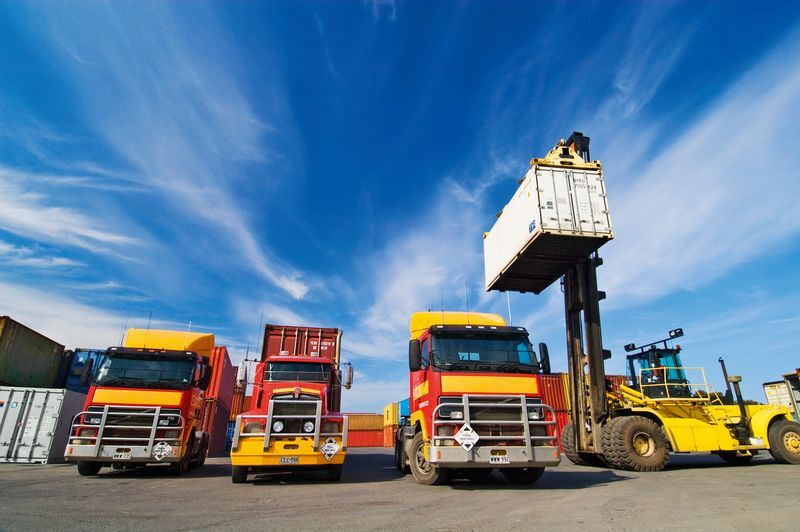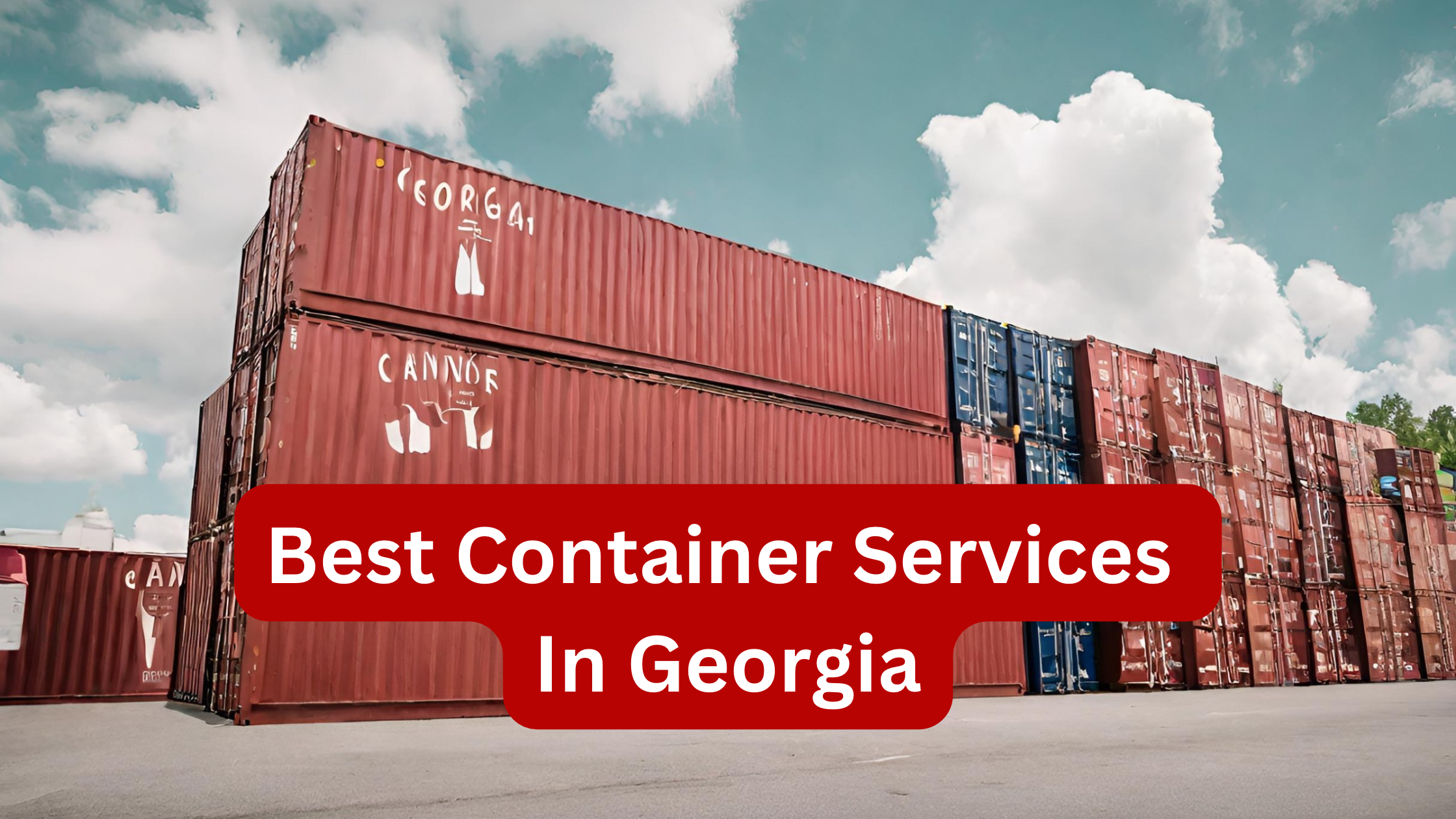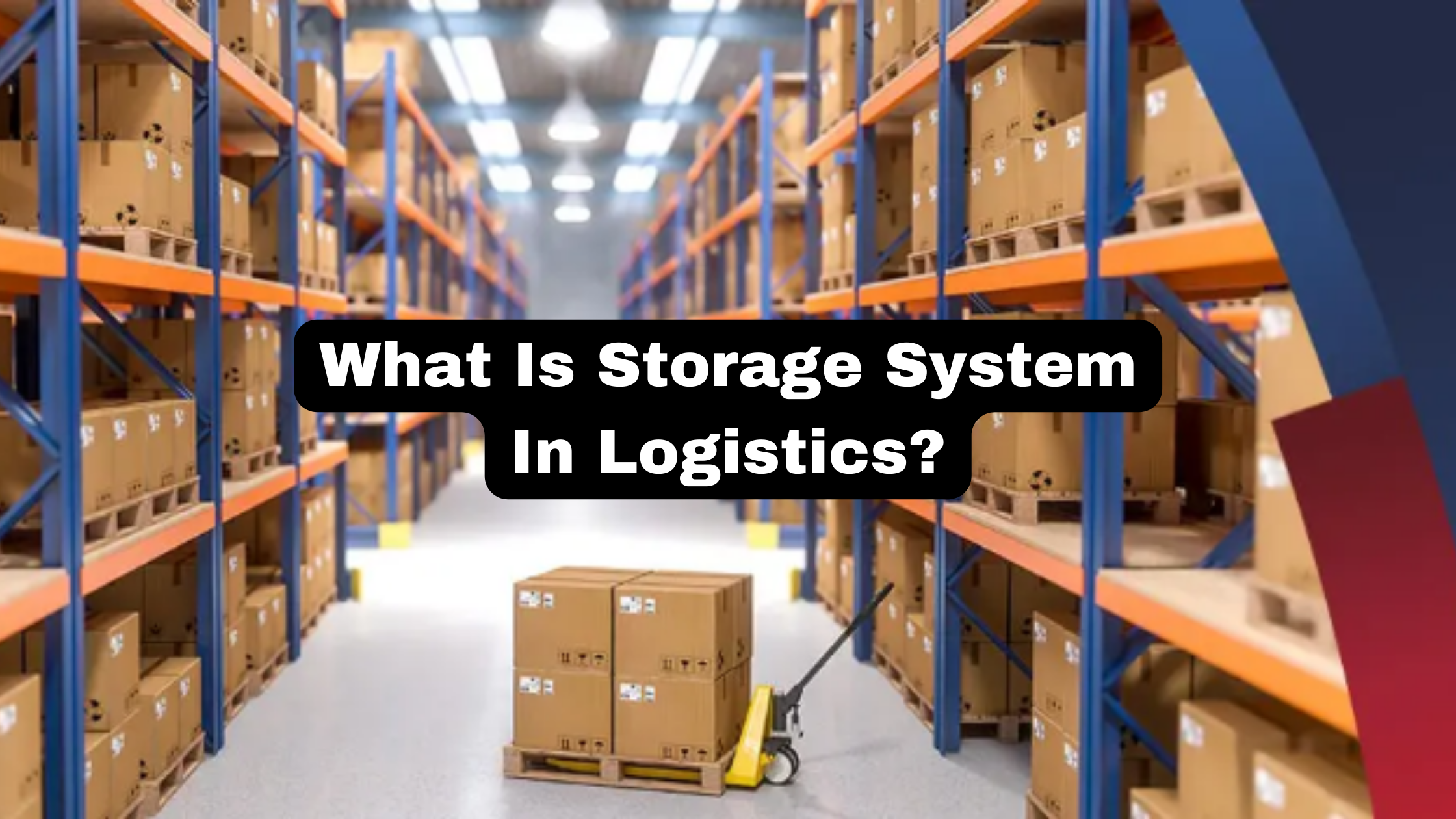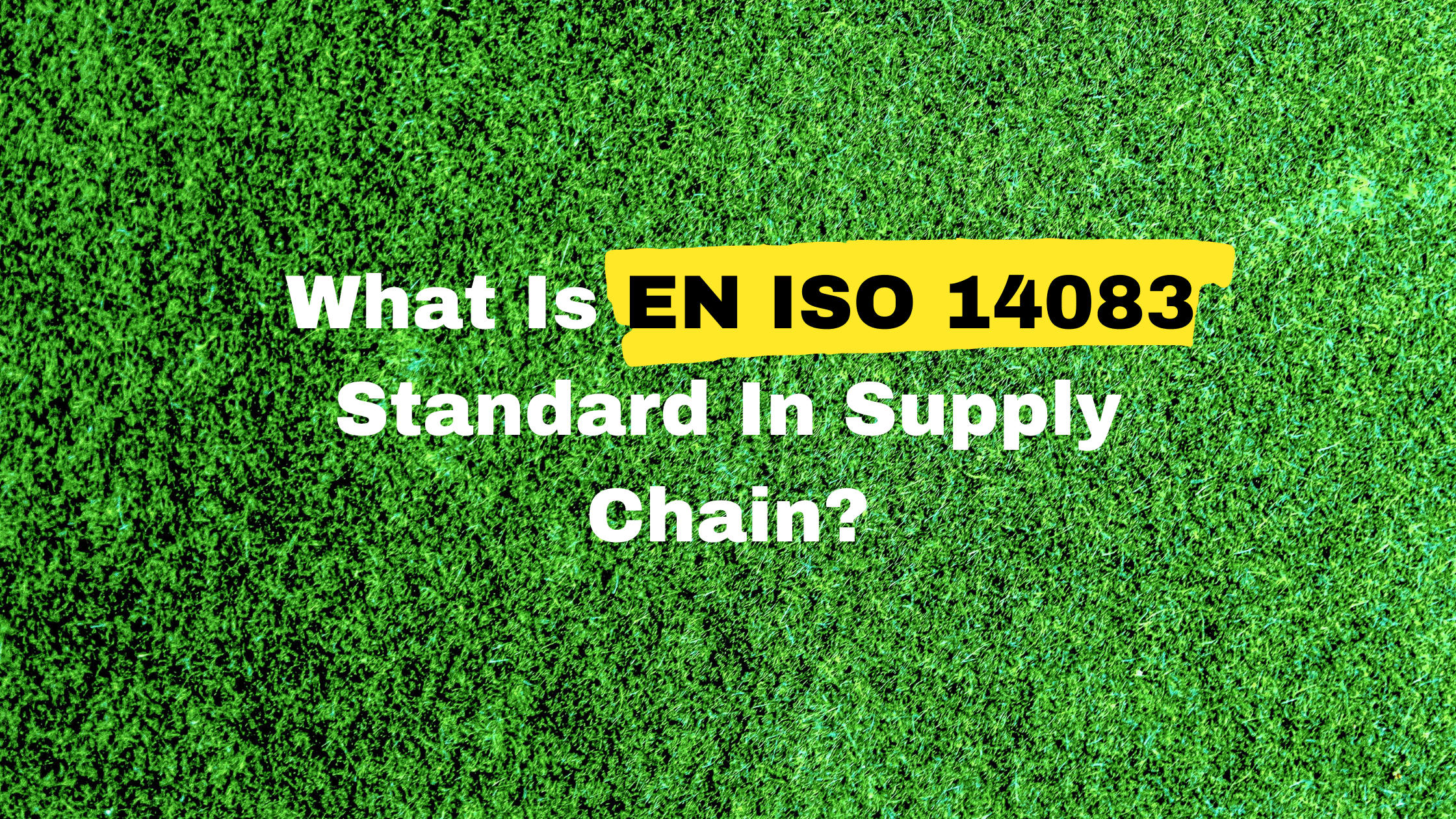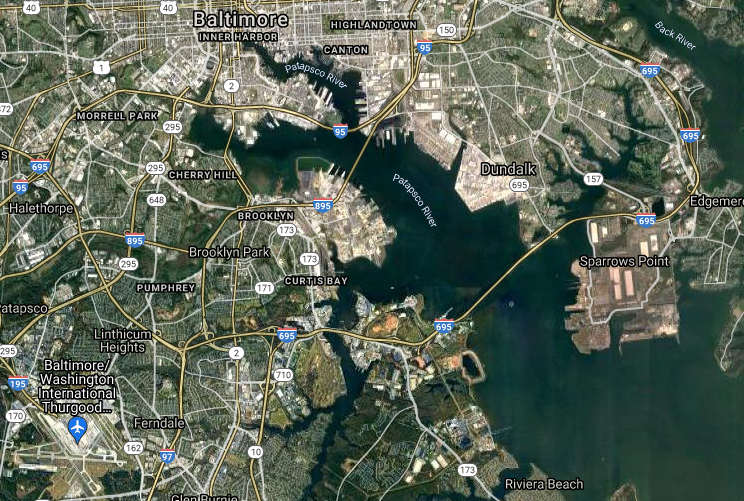Before we go into the depth of the topic and determine which type of transportation is best suited for your business, let’s first understand what each of these types of transportation is.
Intermodal is a type of freight shipping method that involves multiple forms of transportation to move goods from one location to another. This can include ships, trucks, and trains.
Drayage on the other hand, does not involve multiple modes of transportation. This method of transportation is often referred to as the first mile and usually between ports, railyards, and warehouses and usually uses trucks as the mode of transportation.
Which One is Preferred in the USA?
The Intermodal Association of North America reported in 2021 that the demand for intermodal transportation grew by 7.2% compared to 2020. As of today’s date, intermodal accounts for almost 27% of the total goods transportation in the USA.
In contrast, drayage services are involved in every intermodal transportation. Intermodal and drayage go hand in hand.
Drayage services account for a major portion of the USA transportation industry as it plays a vital role in providing the first and last mile to shipments, especially the ones whose final destination is not well connected to ports or railway tracks.
It would not be wrong to say that not every shipment will require intermodal transportation but will require drayage transportation.
How to Choose The Right Shipment Method?
Choosing which mode of transportation you need for your shipment depends on multiple factors, these can be the distance the shipment has to travel, the total weight of the shipment, types of goods that are being delivered in the shipment, the urgency of the delivery, and many more.
If the destination of your shipment is greater than 500 miles away then intermodal is the perfect transportation solution for you.
Other than the distance, another important factor in determining the type of transportation is the weight of the shipment. For heavier, bulkier shipments, intermodal is the preferred mode of transportation.
If time is of greater importance for your shipment, then drayage should undoubtedly be your preferred mode of transportation.
Although these two are very different forms of transportation, the shipping industry heavily depends on the combination of both of these methods.
So it would be safe to say that there is no “one shoe fits all” kind of solution for the shipping industry and the type of shipping method will vary from one shipment to another.
Challenges of Both Types of Shipping
Like all industries, the shipping industry has its fair share of problems as well. Let us discuss the problems that each type of shipping faces.
Drayage Services
Shipment Visibility
A container must get to its target ports before the first drayage operation may happen. The effective development and operation of shippers depend on their ability to get real-time data and status updates as containers move. You cannot appropriately plan if the positions of the containers on drayage trucks are not visible.
Customs
It is a huge industry to move commodities across borders. A cargo may not be able to reach its destination at all due to errors with the shipping papers, payments, or product classification. Regrettably, international shipping lacks uniform paperwork procedures. It is simple for varied documents in other nations to prevent goods from reaching their destination.
Carrier Capacity
Container shipments are no different from other forms of transportation in that capacity is limited. Yet doing so can be expensive. If a container is not picked up on schedule, it may result in detention fees and contribute to the global container shortage, which might have an impact on prices. It’s critical that carriers always have capacity available.
Intermodal Services
Unreliable Services
The provision of utterly dependable services presents the biggest obstacle for transportation businesses while providing intermodal freight transit. Even though significant investments have been made in this industry, it is fair to conclude that this expanding sector still needs adequate infrastructure in order to compete with the expanding intermodal freight transport industry. One of the biggest weaknesses for the transportation businesses might be their inability to keep the schedule.
Container Breaching and Port Crimes
Internal conspiracies frequently go hand in hand with criminal activity and container breaches. To maintain mixed transportation operating well, several forms of transportation are required, and this comes with handling new risks that appear at every level.
Length of Transit
The duration of transits is a crucial element that has an impact on managers who wish to maximize the benefits of intermodal transportation. Ramp delivery takes time, and railway haul has constraints. Once the train is underway, the containers are stationary, making it difficult for the shippers to make changes.
Congestion, capacity limitations, and regulatory compliance are difficulties for both intermodal and drayage services. By utilizing cutting-edge innovation, such as Tracking devices and real-time traffic updates, to optimize routes and reduce delays, a reputable drayage firm can overcome these difficulties.
Conclusion
In conclusion, the logistics sector in the US depends on both intermodal and drayage services, and the choice of each depends on particular demands and requirements. Even though multimodal transportation reduces costs and protects the environment, drayage services are still essential for first- and last-mile delivery.
By making investments in cutting-edge technology, keeping a well-kept fleet, and giving driver safety and training a priority, a competent drayage firm can get rid of problems.

